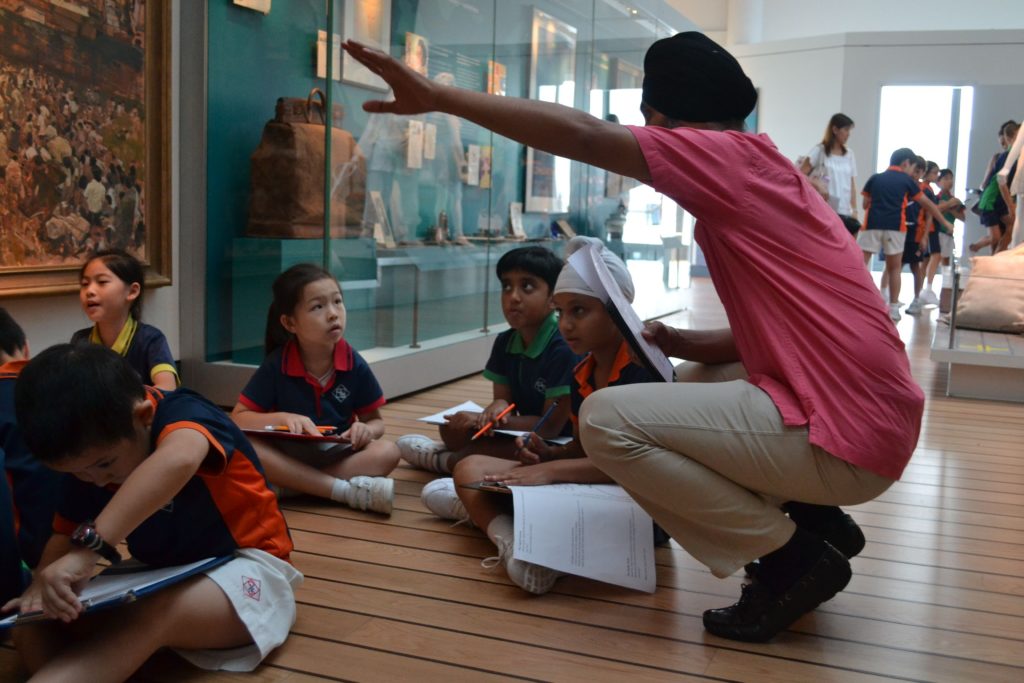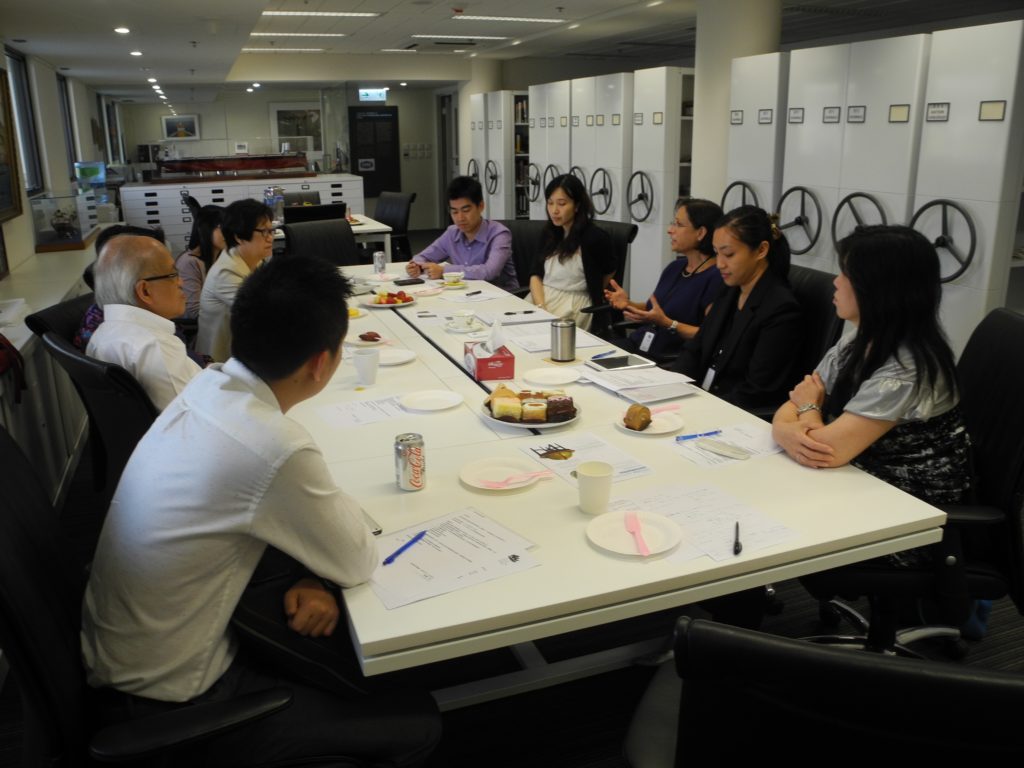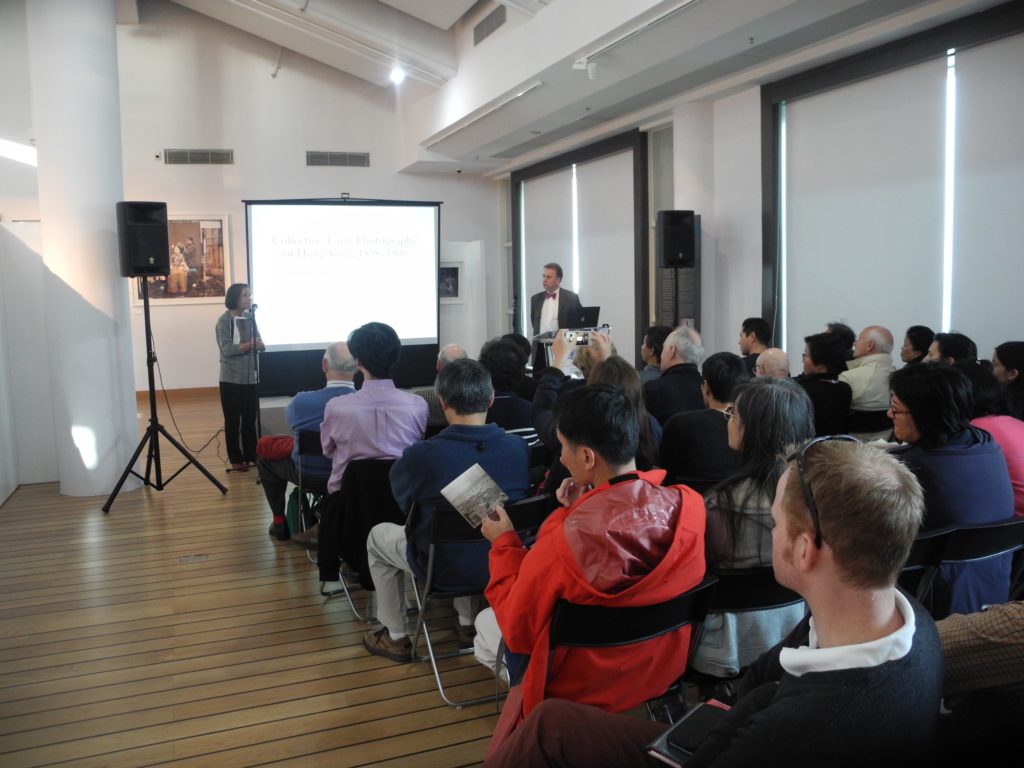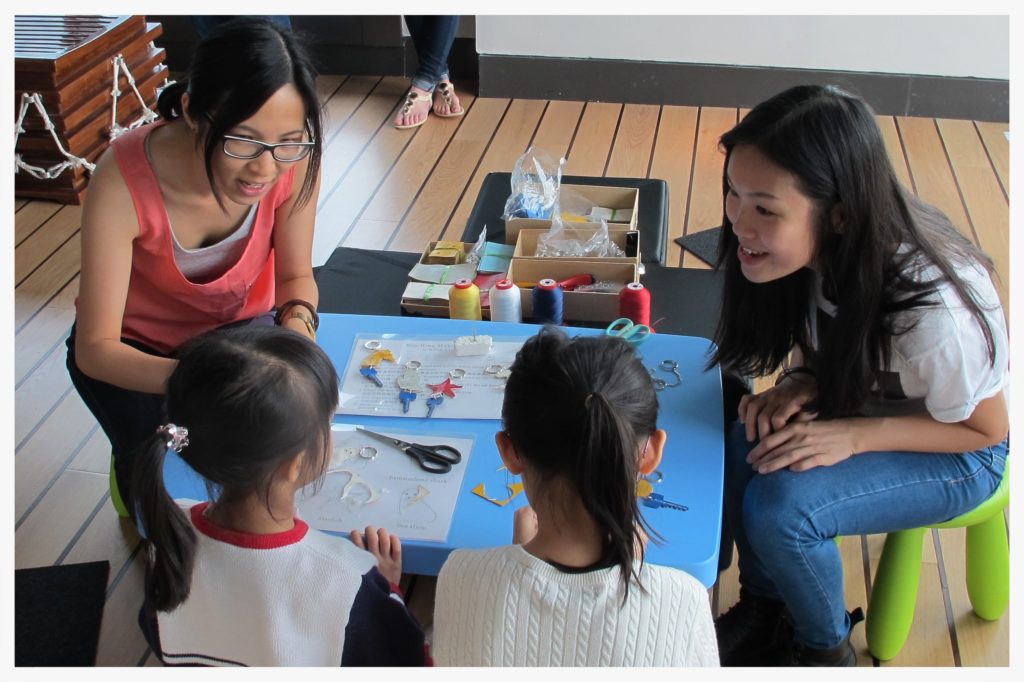Caroline Lang, Former Head of Education and Public Programmes, Hong Kong Maritime Museum shares her experience of working in an Asian museum and points out the difference she saw in comparison to museums in London.
When I arrived at the Hong Kong Maritime Museum in early 2012 it was about to reopen on a new and enlarged site. Previously the museum had attracted mainly specialist visitors who already had an interest in maritime history or shipping. On the new site the challenge was to build new audiences and increase visitor numbers and range.
The Maritime Museum is an Independent Museum, which receives about one third of its funding from the government but has to generate the other two thirds. There is a small entrance charge. Average visitor numbers at the previous site had been around 36,000 per year. I was asked to provide advice which would increase this number to 120,000 per year over 5 years.
My previous experience had shown that three fundamentals are necessary for effective audience development and these seem to hold good across different types of museum in different parts of the world. These are good displays, effective marketing and innovative programming. Also, it is usually more effective to prioritize certain audience categories rather than spreading resources and ideas too thinly. I used a methodology that had proved effective in my work in a number of UK museums as a starting point but was not sure if it would work in Hong Kong?
First I analysed types of visitor and programmes in other local museums, the previous pattern of school and other visits to this museum and especially relevant areas of the Hong Kong schools curriculum. I decided on 3 categories of visitor to target first:
- Schools
- Adults with a general interest
- Families with young children
To provide programmes related to the displays and the local curriculum in both Cantonese and English and to promote them would also need new staff and a budget.
Developing new audiences requires base line analysis, followed by formative and summative evaluation, both qualitative and quantitative, as well as consultation with both users and non users. Consultation is often much harder and takes longer than you anticipate. My strategy involved the following steps, which I expected to take at most a year but actually took about three:
- consultation and research – for each of the 3 target audiences
- adapting the displays where possible
- developing a programme
- piloting and adjustment
- implementation
- promotion
- evaluation
Having recruited a Cantonese- speaking Education Officer and with the help of a local Head Teacher we embarked upon a series of focus groups for Primary, Secondary and Tertiary teachers and lecturers. The first two were well- attended and there was lively debate but the results surprised me. The curriculum was prescriptive, teachers had very few opportunities to take their students out of school and they wanted the Museum to provide resources and lead every visit. This reflected what was offered in the government museums so we quickly realized that we would have to compete. We developed curriculum related worksheets, which were much more traditional than I was used to in the UK. When they were trialed teachers did not like the problem solving or inquiry sections, preferring right and wrong answers and basic observation, we amended them reluctantly. Available to download from the Museum’s website these have remained the mainstay of our service to schools. Workshops were added later, often using sponsorship for specific temporary exhibitions. We found, through experience, that Tertiary teachers are best approached individually as courses vary so widely.
Next we surveyed adult visitors, 55% were local residents and a random sample said they would be interested in a regular series of tours and talks. We deliberately did not call them lectures in order to appeal to a broader audience. Beginning with one each month, in a regular slot on Saturday afternoons, alternately in Cantonese and English and occasionally in Mandarin, they have been very successful. Having to rely largely on free speakers we worked in collaboration with local societies and NGOs. The programme has expanded to include walks and workshops. We use evaluation forms to gather feedback and suggestions. This takes a significant amount of planning and administration and after a year of operating we took on another Education Officer and started a volunteer scheme, specifically to introduce family activities.
This time we did not conduct prior audience research but we evaluated and adjusted as we went along. Families who visit museums generally want to spend their leisure time in worthwhile pursuits and, especially in Hong Kong, parents want their children to learn something or to acquire new skills. We needed to differentiate ourselves from the free local museums who provide traditional craft activities and were fortunate to recruit someone with a background in theater studies. Role playing for family tours led by, for example Zhang Bao, a famous pirate, and storytelling with characters in costume were developed. Again it was important for this to be a regular programme, on Sundays, to enable parents to plan ahead. The help of trained volunteers has been crucial to the delivery of new programmes within a limited budget.
Visitor numbers are very dependent on effective marketing and however good the displays and programmes are, numbers will not increase unless the public knows about these. Apart from schools, who tend to visit to support the same curriculum topic each year, changing temporary exhibitions and associated activities keep the museum fresh and drive visitors numbers. At first the Public Programme Team did all the marketing and promotion for activities and temporary exhibitions, mainly through introducing a quarterly ‘What’s On‘ booklet, distributed both in hard copy and by email. A Marketing Manager has now been in post for a year or more, which means that communication is more professional. We expect visitor numbers to grow in future as a result.
In conclusion after 3 years, visitor numbers increased by approximately 150% last year (2015) to over 94,000, so the strategy, adapted to a Hong Kong context seems to be working, although there is still some way to go. Some of the differences between London and Hong Kong that I found were :
- Generally there is not the same culture of visiting museums and it proved much harder to reach new audiences.
- Most museums in Hong Kong are government run, entrance is free and visitors are not used to paying, we had to provide a high quality experience to compete.
- The displays were already planned and although well designed, the content had not been selected with a wide range of visitors in mind.
- Schools were not the ready audience I had anticipated for the reasons given above.
- The Museum was unused to working with a broader range of visitors, a significant amount of staff training and setting up new systems was needed.
- It proved to be impossible to find staff who had museum education experience, so we recruited for potential and did a lot of training and mentoring.
 Caroline Lang is an independent Museum Consultant. She was the Former Head of Education and Public Programmes, Hong Kong Maritime Museum and Head of Communities and Audience Development, Victoria and Albert Museum, London. September 2016.
Caroline Lang is an independent Museum Consultant. She was the Former Head of Education and Public Programmes, Hong Kong Maritime Museum and Head of Communities and Audience Development, Victoria and Albert Museum, London. September 2016.












Recent Comments